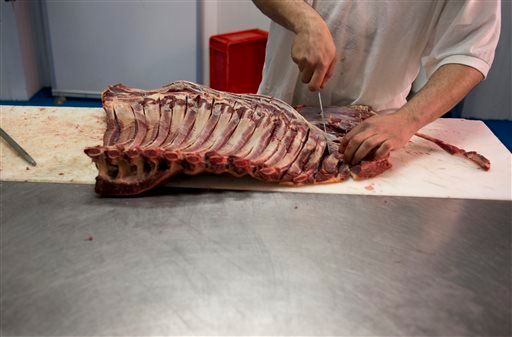What is edible? In the most practical sense, edible is what the government says we can eat. But there is a growing movement--of renegade chefs, fearless eaters, and imaginative provisioners--who are seeking to enlarge the strict American diet of chicken-beef-pork and corn-based everything. These people, call them the foodies, are confronting a vast regulatory system that began to be built in 1906, after Upton Sinclair's novel The Jungle terrified people about the true nature of their tinned meats. (In one memorable--but uncorroborated--scene, he describes workers falling into the vats and being processed as cooking lard; the rest of the novel's claims were verified by government investigators.) The regulations, which laid the groundwork for the modern U.S.D.A. and F.D.A., were intended to protect consumers and give them confidence in the nation's food supply. A century on, with the industrial food system ever more entrenched, far from being reassured, foodies mistrust anything government-approved.
In the breach, an unofficial food economy has formed. Avid consumers clamor for foods that are off-limits, small-batch, sub rosa; experimental chefs are pushing the boundaries. Together they are attempting a radical revision of the American palate. The result? A full-blown food fight.









Dana Goodyear is the author of the new book Anything That Moves: Renegade Chefs, Fearless Eaters, and the Making of a New American Food Culture.